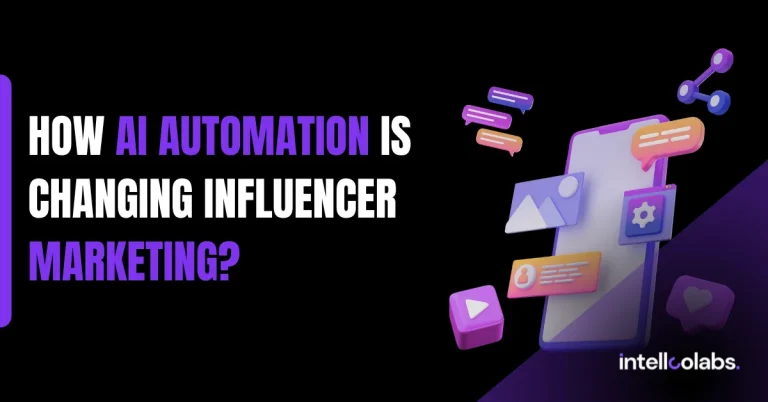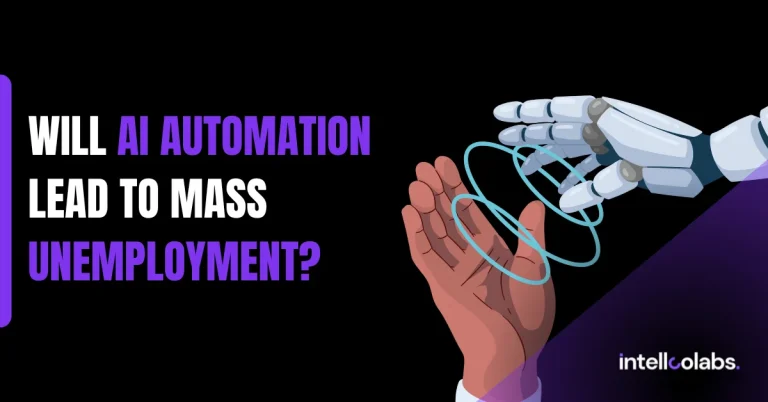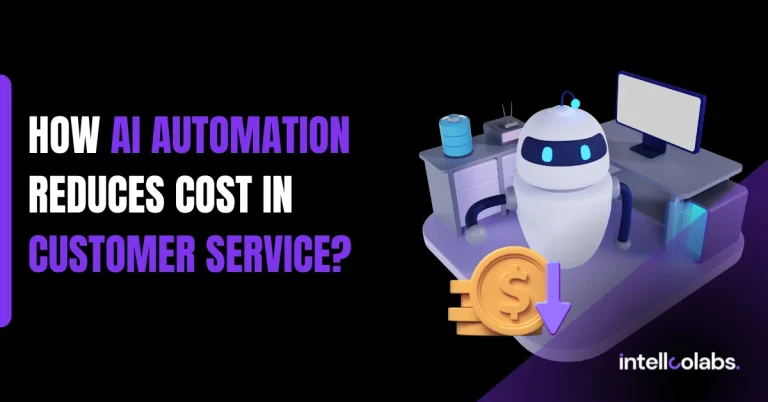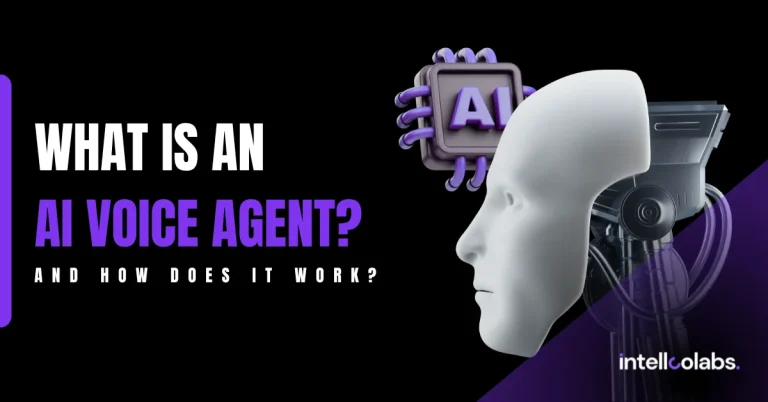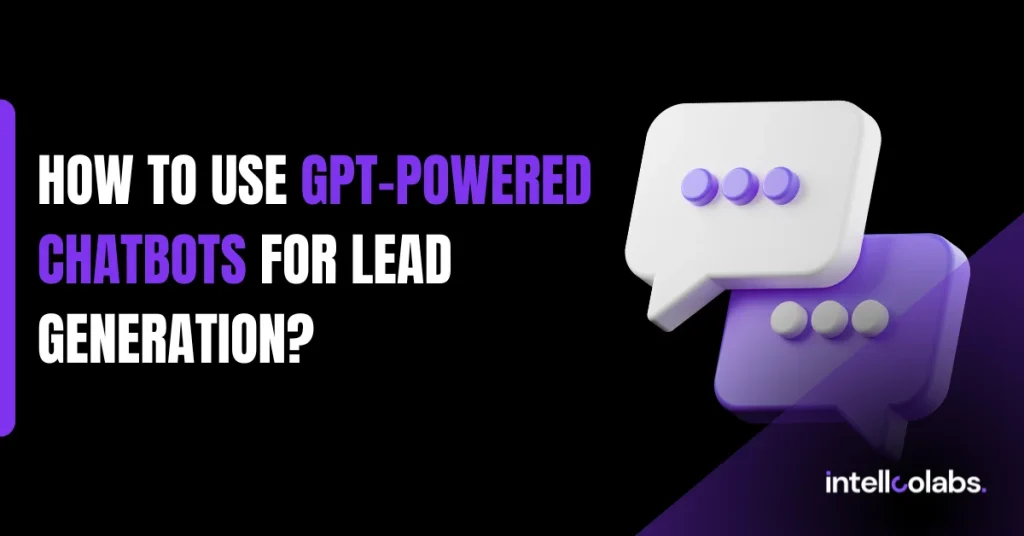
Most companies struggle with the same problem at the top of their funnel: traffic without action. You can run ads, optimize landing pages, and generate visitors all day, but if those visitors don’t convert into leads, none of it matters.
Static forms, delayed follow-ups, and one-size-fits-all experiences are no longer enough. The world has moved toward personalization and speed, and traditional lead generation tools haven’t kept up.
GPT-powered chatbots offer an entirely new paradigm for capturing, qualifying, and converting leads. They simulate intelligent conversations in real time. They don’t just collect data — they persuade, adapt, and close micro-conversions. For companies willing to invest in this technology, the upside is enormous.
Why GPT-Based Chatbots Are Reshaping Lead Generation
Conventional chatbots operate on rule-based logic. They follow rigid scripts, which quickly break down when users go off-script. GPT-powered bots, built on large language models like GPT-4, are different. They understand language the way humans do — as a sequence of intent, context, and nuance. That shift in intelligence is what makes GPT such a powerful lead generation tool.
According to Salesforce’s 2024 State of Marketing report, 55 percent of businesses using AI chatbots say they now generate higher-quality leads. Drift’s 2023 Conversational Marketing Benchmark shows that businesses using chatbots see up to a 40 percent increase in conversion rates. Internal research from OpenAI-powered pilot programs indicates that chatbots reduce landing page bounce rates by up to 30 percent when deployed correctly.
Unlike static forms, GPT-based chatbots initiate conversations, adapt to visitor behavior, and respond in ways that keep prospects engaged. That’s not just automation. That’s relationship-building at scale.
Best Use Cases for GPT-Powered Lead Generation
GPT chatbots can support the entire lead lifecycle, from first-touch interaction to qualification. The most successful implementations are focused on doing fewer things exceptionally well. Here are five high-impact use cases:
1. Website Visitor Engagement
Instead of waiting for the visitor to click a button or scroll, GPT agents can greet them with contextual prompts based on where they came from, what page they’re on, or how long they’ve been idle. For example, a chatbot on a pricing page might ask, “Are you exploring pricing for a specific use case like sales or customer support?” This opens the door to a guided conversation.
2. Product or Service Recommendation
By asking users a few short questions, GPT agents can recommend relevant products or services, narrowing choice fatigue and increasing intent. This is especially effective in e-commerce or multi-tier SaaS offerings, where the right match isn’t always obvious.
3. B2B Demo Scheduling Assistant
Instead of redirecting to a form or a calendar page, GPT bots can qualify the visitor based on company size, urgency, and role, then dynamically offer calendar slots via Calendly or HubSpot integration.
4. Lead Capture Without Forms
Forms have friction. People often abandon them mid-way. GPT bots can gather lead data like name, company, email, and project scope as part of a natural back-and-forth conversation. It feels less invasive and more engaging.
5. Objection Handling and Lead Nurture
Instead of losing potential leads due to confusion or skepticism, GPT agents can handle objections in real time — from pricing questions to competitor comparisons. When trained with a company’s unique selling propositions and FAQs, the chatbot becomes a real-time sales enablement tool.
How to Set Up a GPT-Powered Chatbot for Lead Generation
While the tech is powerful, results depend heavily on the design, integrations, and execution. Here’s how to build a GPT lead-gen system from the ground up.
1. Define Your Ideal Customer Profile and Conversation Goal
Lead generation starts with clarity. Who are you trying to qualify? What qualifies someone as sales-ready? Define your target persona — industry, company size, role, budget, urgency — and make sure your chatbot is structured to detect those signals through conversation.
For example, if your target is B2B SaaS founders in companies with over 10 employees, your chatbot needs to ask about company size and title, but in a casual, non-invasive way.
2. Choose the Right Platform
You can go no-code with platforms like Intercom Fin, Manychat with GPT-4 integration, Drift’s AI, or Tidio AI. These offer prebuilt GPT integrations with drag-and-drop editors.
If you have a technical team, you can build custom bots using OpenAI’s API, LangChain, and frontend frameworks like React. This gives you more control over logic, branding, and database integration.
For most startups, hybrid platforms like Voiceflow (which offers logic scripting + GPT integration) provide a balance between usability and depth.
3. Design a Prompt Framework, Not a Script
The secret to a great GPT chatbot isn’t a fixed script. It’s a carefully engineered prompt structure that defines the bot’s role, goals, tone, and boundaries.
Your system prompt might say:
“You are a friendly AI sales assistant for a B2B marketing platform. Your goal is to ask helpful questions, understand the visitor’s needs, and collect their email and company name if there’s a potential fit. Use a curious tone and avoid sounding robotic.”
From there, the chatbot can respond intelligently to dozens of unpredictable directions without breaking character or losing the lead.
4. Connect to Your Lead Capture Stack
You want your GPT chatbot to do more than talk. It should automatically:
- Push captured leads to your CRM (Salesforce, HubSpot, Pipedrive)
- Notify your sales team via Slack or email
- Trigger calendar invites via Calendly
- Add the contact to nurture workflows in tools like Mailchimp or Klaviyo
No-code tools like Zapier or Make.com can make these handoffs seamless.
5. Enable Lead Scoring and Escalation Logic
You don’t want every conversation to end up in your sales pipeline. GPT bots can include if-then logic to qualify leads on the fly.
Example:
- If company size < 5 → mark as low priority
- If interest = “high” and budget = “confirmed” → book call
- If unsure → offer newsletter signup
Escalation should always be an option. When a user has a complex need or wants a live demo, route them to a human via live chat or email instantly.
6. Advanced Features to Boost Lead Quality
The best GPT chatbots use more than language generation. They’re enhanced with memory, context awareness, and post-processing intelligence.
| Feature | Benefit |
|---|---|
| Vector memory with embeddings | Recall past questions or responses to personalize conversation |
| Fine-tuned tone or persona | Match your brand voice exactly |
| Lead ranking logic | Score leads automatically and route accordingly |
| Multi-language capability | Capture leads in global markets |
| AI calendar booking | Eliminate form-based scheduling entirely |
Integrating a vector database like Pinecone or Weaviate allows the chatbot to reference custom FAQs, product docs, or even previous conversations. This elevates the quality of dialogue and ensures accuracy in lead qualification.
Metrics That Matter in GPT Lead Generation
Many companies launch AI chatbots and then forget to measure whether they’re working. These are the metrics that actually tell the story:
| Metric | Insight Provided |
|---|---|
| Chat-to-lead conversion rate | % of chats that capture a qualified lead |
| Lead qualification rate | % of leads meeting your target criteria |
| Average session duration | User engagement and interest level |
| Drop-off point | Where users lose interest or the bot fails to respond |
| Escalation rate | % of chats needing human takeover |
Monitor these weekly, and A/B test your prompt style, opening question, and tone to increase performance over time.
Real-World Results
A B2B SaaS startup deployed a GPT chatbot on its pricing page and saw a 3.5x increase in demo bookings within two months. The chatbot qualified leads based on company size, guided them through plan tiers, and offered a personalized calendar link — all within 90 seconds.
A DTC brand launched an AI concierge for its skincare products, which asked questions about skin type, budget, and routine. This led to a 22 percent increase in average order value and a 2x boost in email capture rate.
Another marketing agency replaced a static Typeform with a GPT chatbot and doubled their lead volume with no increase in ad spend. The bounce rate on their landing pages dropped by 28 percent.
These aren’t outliers. With the right configuration, GPT chatbots can act as full-time SDRs — without the overhead.
Challenges and How to Handle Them
GPT chatbots aren’t magic. They still require design, iteration, and oversight.
- Hallucinations: If the chatbot makes things up, use retrieval-augmented generation (RAG) with a vector DB.
- Off-brand tone: Use system prompts to constrain the chatbot’s voice, and test it regularly.
- Unqualified leads: Build filtering logic that politely disqualifies or segments these users.
- Privacy: Clearly disclose that the user is talking to AI. Store and process data securely. Stay compliant with GDPR or CCPA.
The Future of GPT in Lead Gen
We’re moving toward a world where GPT agents don’t just wait for users to land on a page. They’ll initiate outreach, follow up via email or SMS, and even coordinate meetings. Multi-modal models like GPT-4o can combine image understanding with conversation — imagine uploading a document or screenshot and getting a tailored sales response.
Soon, AI SDRs won’t just qualify leads. They’ll manage your entire top-of-funnel pipeline.
Conclusion
GPT-powered chatbots represent a fundamental leap forward in lead generation. They offer speed, intelligence, and scale that static forms or manual outreach simply can’t match.
They’re always on, never burn out, and can adapt to almost any brand or vertical. When configured well, they don’t just capture leads. They create the kind of personalized, frictionless experiences that today’s buyers expect.
In a world where every website visitor is a potential customer, GPT chatbots ensure you never waste an opportunity again. If you’re serious about growth, this isn’t just another tool. It’s your new first responder.
Let your AI agent start the conversation. You might be surprised where it leads.

